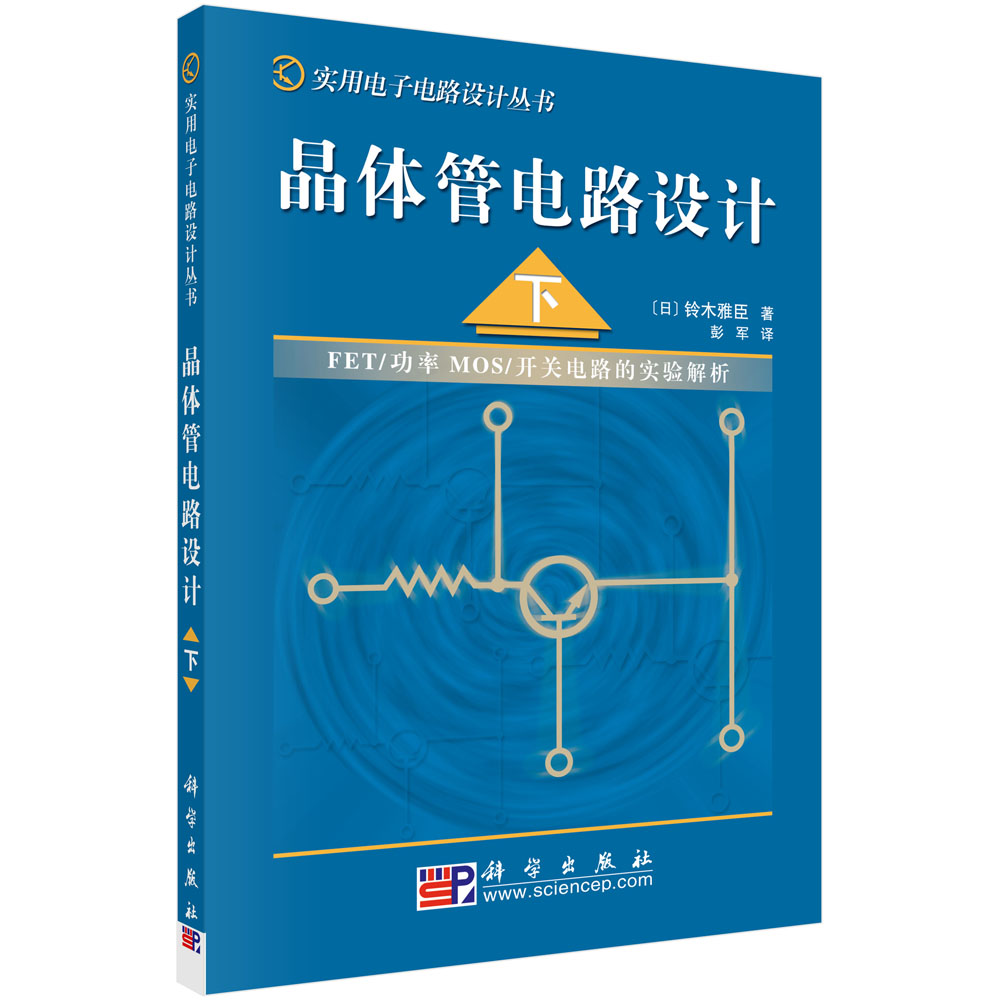全部商品分类





















本研究旨在通过英汉语篇对比的方法探讨法律语篇信息结构及其语言实现的规律。本研究既有自上而下的纵观性分析,也有自下而上的微观考量。对比研究的功能视角建立在前人相关成果之上,包括交际学理论、系统功能语言学(SFL)和批评话语分析(CDA)。在此基础上构建了一个“四桥”分析框架来观察和分析法律语篇,并进行英汉对比研究。此外,“法律信息处理系统语料库”(CLIPS)为本研究提供了丰富翔实的语料,奠定了对法律语篇进行定性分析和定量分析的基础。分析框架下更为细微的考量参数使得本研究更为全面和细致,克服了前人研究的某些局限。
样章试读
- 暂时还没有任何用户评论
全部咨询(共0条问答)
- 暂时还没有任何用户咨询内容